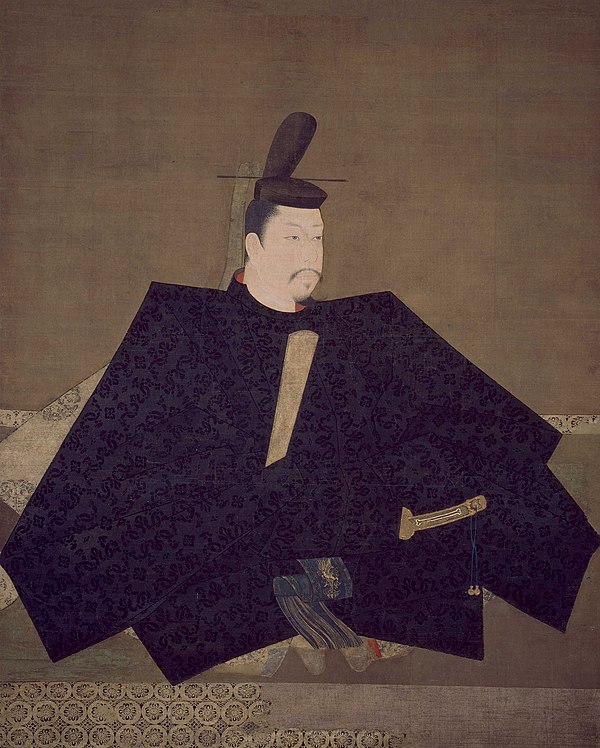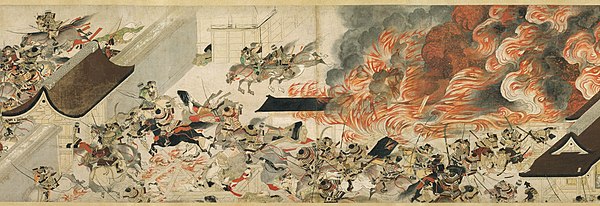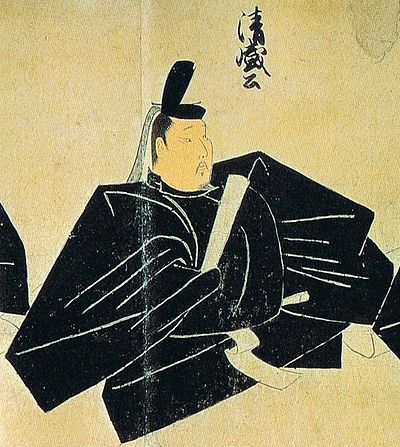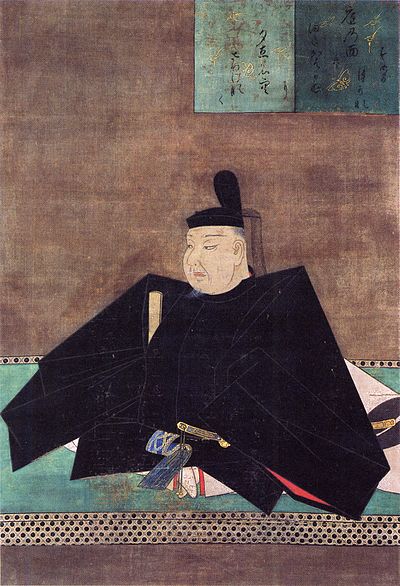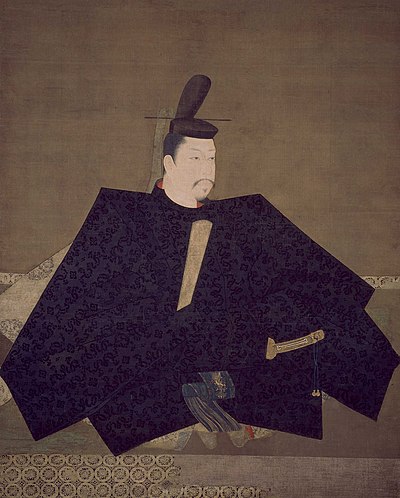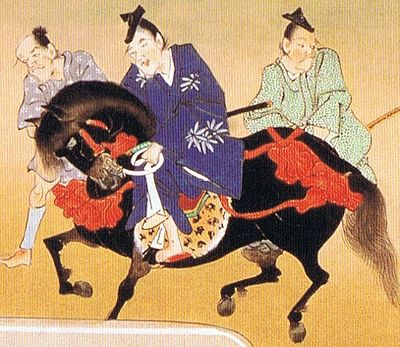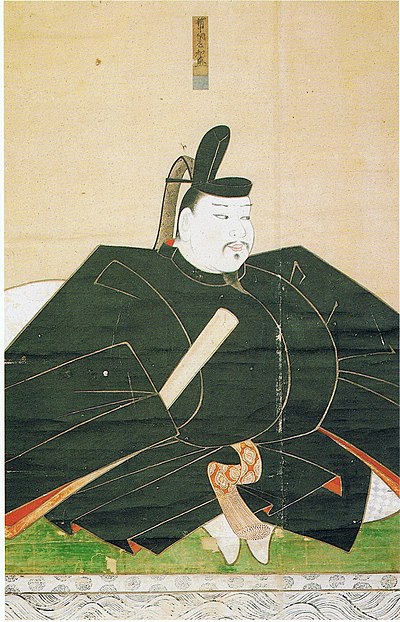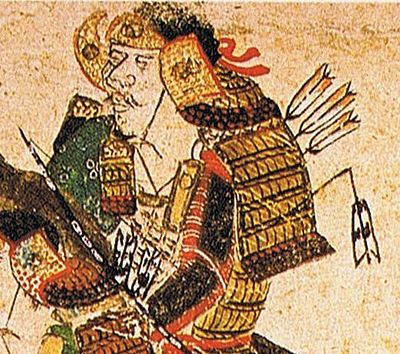At first light on June 20, the Taira army marched quietly up to Byodo-in, hidden by thick fog. The Minamoto suddenly heard the Taira war-cry and replied with their own. A fierce battle followed, with monks and samurai firing arrows through the mist at one another. Soldiers from the Taira's allies, the Ashikaga, forded the river and pressed the attack. Prince Mochihito tried to escape to Nara in the chaos, but the Taira caught up with him and executed him. The Nara monks marching toward Byodo-in heard that they were too late to help the Minamoto, and turned back. Minamoto Yorimasa, meanwhile, committed the first classical seppuku in history, writing a death poem on his war-fan, and then cutting open his own abdomen.
The first battle of Uji is famous and important for having opened the Genpei War.






